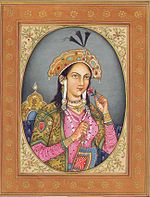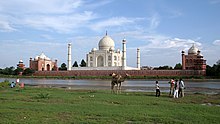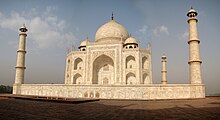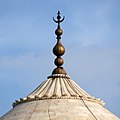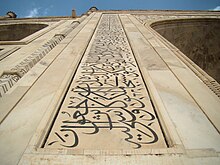LYk and comment on this pic,and get 1000+ frnd rqst in 2 days
https://m.facebook.com/photo.php?fbid=607457619315472&id=100001537185600&set=a.146429242084981.35910.100001537185600&refid=48
FOLLOW THE ADMIN AND GET ALL YOUR PICS LIKED BY 200+ USERS IN 20 SECONDS
http://www.Facebook.com/rohit.5twr

